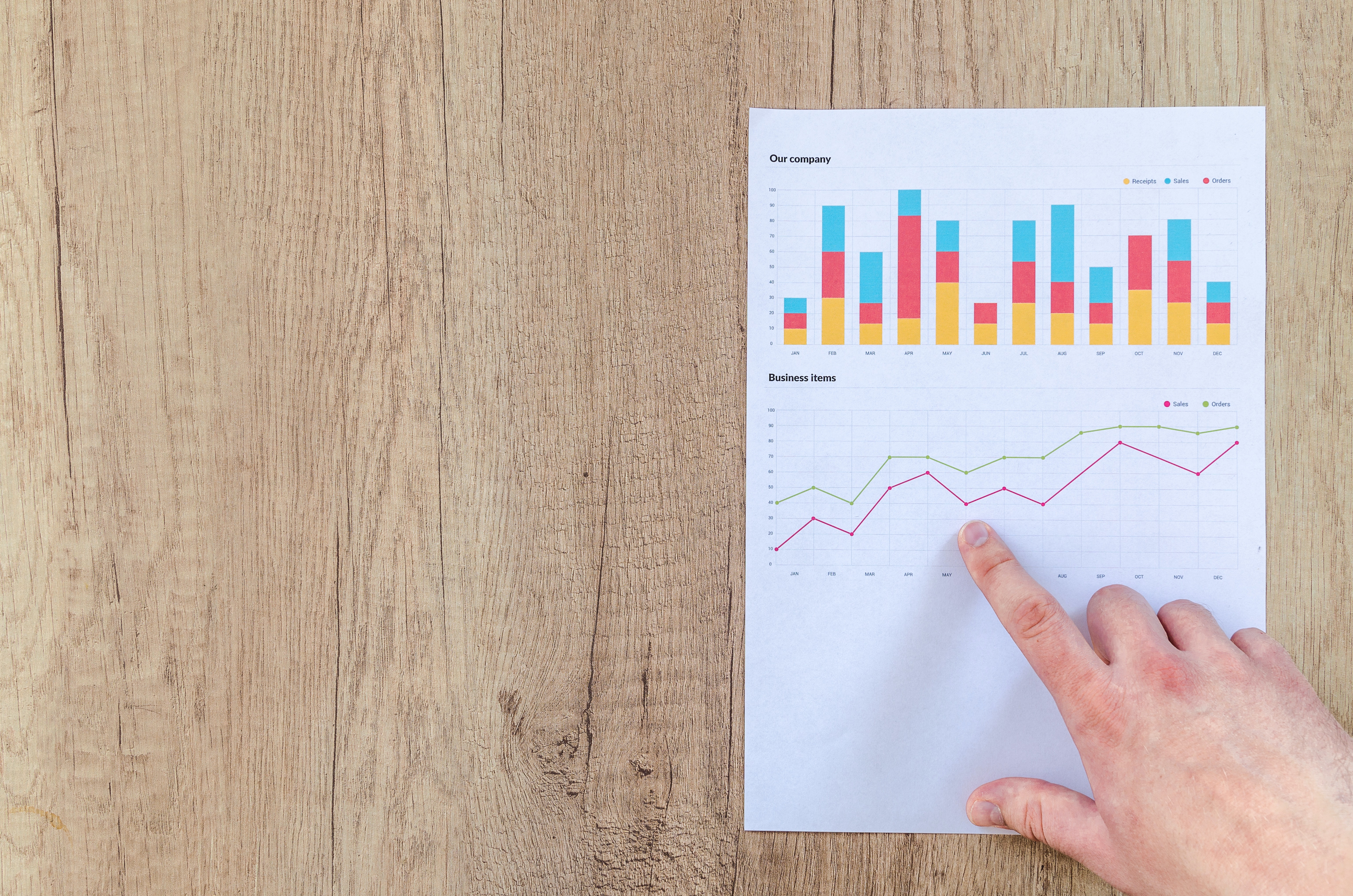Share this
by Kelly Clark on April 16, 2019
So, the lease versus buy analysis resulted in a decision to lease because of good economic decisions. But how can accounting teams tell if the projected cost savings by leasing were actually realized?
Traditionally, leasing has been a decentralized process. It is nearly impossible to efficiently track tens of thousands of equipment assets effectively by using a traditional spreadsheet. Moreover, it is tedious to meet thousands of end-of-term notification deadlines without an automated workflow. There is the financial risk associated with managing your leasing program inefficiently. With the new lease accounting requirements centralizing lease data will be crucial to success both in meeting new lease accounting compliance standards and an improved balance sheet.
The idea of adding virtually all leases to the balance sheet is daunting, but the benefits reach far beyond accounting standards compliance. Gaining efficiencies in operations and providing insight into spending patterns around leases can result in significant savings. Factors in reaching success include understanding and developing accounting policy, careful project planning, staff training and importantly, a strategic software selection for lease accounting.
Look for opportunities to improve standardization, centralization, and automation. In addition to sweeping changes, look for opportunities to strengthen efficient micro processes needed for day-to-day business, such as lease versus buy models, standardizing contracts, sourcing leases competitively, and managing end-of-term agreements. Don’t be caught in evergreen fees because the lease lapsed unintentionally. Configure notifications to automatically send alerts to stakeholders at critical decision-making points such as returning, renewing or buying out the equipment.
By capturing all lease information in one centralized database, the benefits can reach far beyond accounting standards compliance. Businesses can gain efficiencies in operations by synchronizing critical data on spending patterns around lease portfolios. Leasing has the potential to become more efficient than ever before resulting in significant bottom line benefits. Ultimately, the key to success includes understanding and developing accounting policy, careful project planning, and implementing reliable lease accounting software. Initially, the business decision to invest in a lease accounting software system is to generate the information needed for financial disclosures under the new standards. The initial push toward compliance with new lease accounting standards is important, but ultimately it is companies must ensure that the software and policies put in place will continue to be valuable for acquiring and accounting for business assets well into the future. A company should develop a sustainable environment to monitor, control and continuously optimize leasing practices. With CoStar as your partner, companies can meet the new accounting requirements and drive positive business results.
Share this
- Lease Accounting Software (90)
- ASC 842 (83)
- Accounting Teams (53)
- Lease Administration Software (27)
- Retail Tenants (16)
- Commercial Real Estate (14)
- Lease Management (13)
- Real Estate Teams (10)
- ESG (8)
- Market Data and Analytics (8)
- Success Stories (8)
- News and Media Coverage (5)
- Transaction Management Software (2)
- frs 102 (2)
- Customer Success (1)
- Office Tenants (1)
- December 2025 (1)
- September 2025 (1)
- July 2025 (2)
- June 2025 (4)
- May 2025 (2)
- April 2025 (2)
- March 2025 (6)
- February 2025 (3)
- January 2025 (4)
- December 2024 (1)
- October 2024 (4)
- September 2024 (2)
- August 2024 (4)
- July 2024 (3)
- June 2024 (3)
- May 2024 (4)
- April 2024 (1)
- February 2024 (1)
- December 2023 (4)
- November 2023 (6)
- October 2023 (4)
- September 2023 (2)
- August 2023 (2)
- July 2023 (3)
- May 2023 (2)
- March 2023 (1)
- February 2023 (3)
- January 2023 (1)
- December 2022 (3)
- November 2022 (4)
- October 2022 (4)
- September 2022 (1)
- August 2022 (4)
- June 2022 (1)
- May 2022 (4)
- April 2022 (8)
- March 2022 (3)
- February 2022 (1)
- January 2022 (2)
- November 2021 (2)
- October 2021 (2)
- September 2021 (3)
- August 2021 (15)
- July 2021 (3)
- June 2021 (1)
- May 2021 (1)
- April 2021 (3)
- March 2021 (1)
- January 2021 (1)
- December 2020 (3)
- November 2020 (1)
- October 2020 (2)
- September 2020 (2)
- August 2020 (3)
- July 2020 (2)
- June 2020 (3)
- May 2020 (1)
- April 2020 (1)
- March 2020 (1)
- February 2020 (1)
- December 2019 (1)
- October 2019 (1)
- September 2019 (2)
- August 2019 (3)
- July 2019 (2)
- April 2019 (69)
- October 2018 (1)
- August 2018 (1)
- July 2018 (1)
- June 2018 (1)
- May 2018 (1)
- April 2018 (2)
- March 2018 (3)
- February 2018 (2)
- December 2017 (1)
- August 2017 (3)
- June 2017 (2)
- May 2017 (2)
- April 2017 (1)
- March 2017 (2)
- January 2017 (2)
- November 2016 (2)
- July 2016 (1)
- June 2016 (1)
- July 2015 (1)
- March 2015 (1)
- June 2014 (1)
- April 2014 (11)
- October 2011 (1)
You May Also Like
These Related Stories

CoStar, RGP Form Alliance for Lease Accounting Initiatives

Interest Rate Volatility & Lease Accounting



